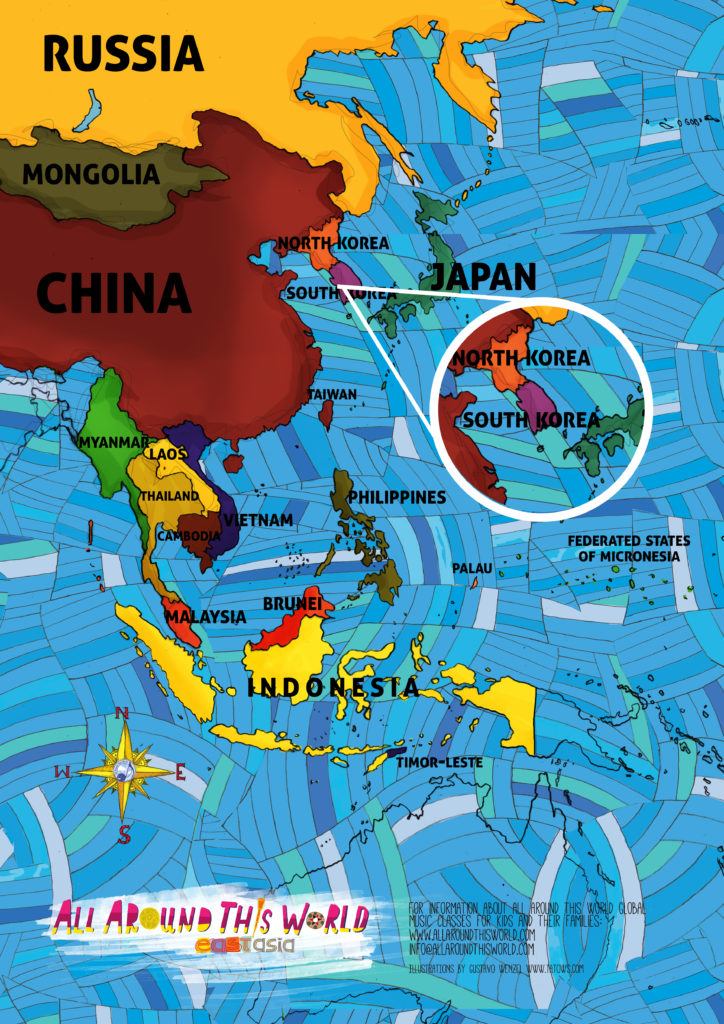What is the “Korean national anthem?” There is only one answer.
“Arirang” is, in essence, because of its ubiquity on the Korean peninsula, “the Korean national anthem.” There are literally thousands of different versions of the song and everyone–everyone!–sings it, both on festive and somber occasions. “Arirang, arirang, arariyo, Arirang, crossing over the hill, My dear who has abandoned and left me, Has not even traveled ten miles before having feet pains” The song is of mysterious origin, age and literal meaning. Is the song two hundred years old? Two thousand? Whatever the song’s story, those protesting the 1910-1945 Japanese occupations of Korea claimed it as a resistance anthem, and since then the song has become synonymous with the pride of Koreans in surviving despite struggles. And who can Koreans be more proud of than their K-Pop superheros, BTS? Watch their sleek performance of Arirang in this video.


